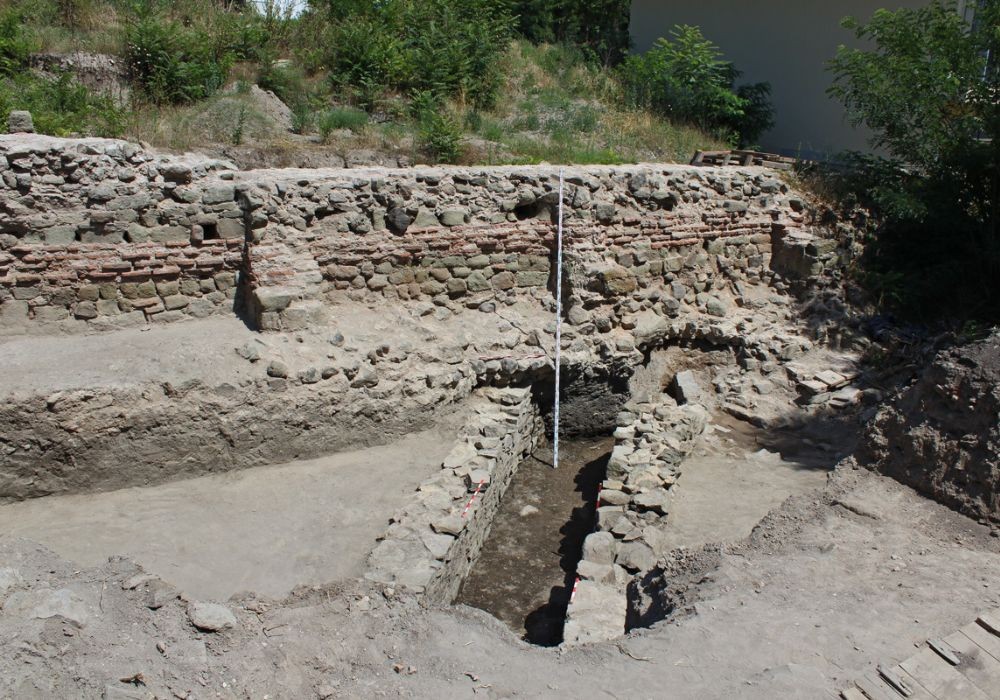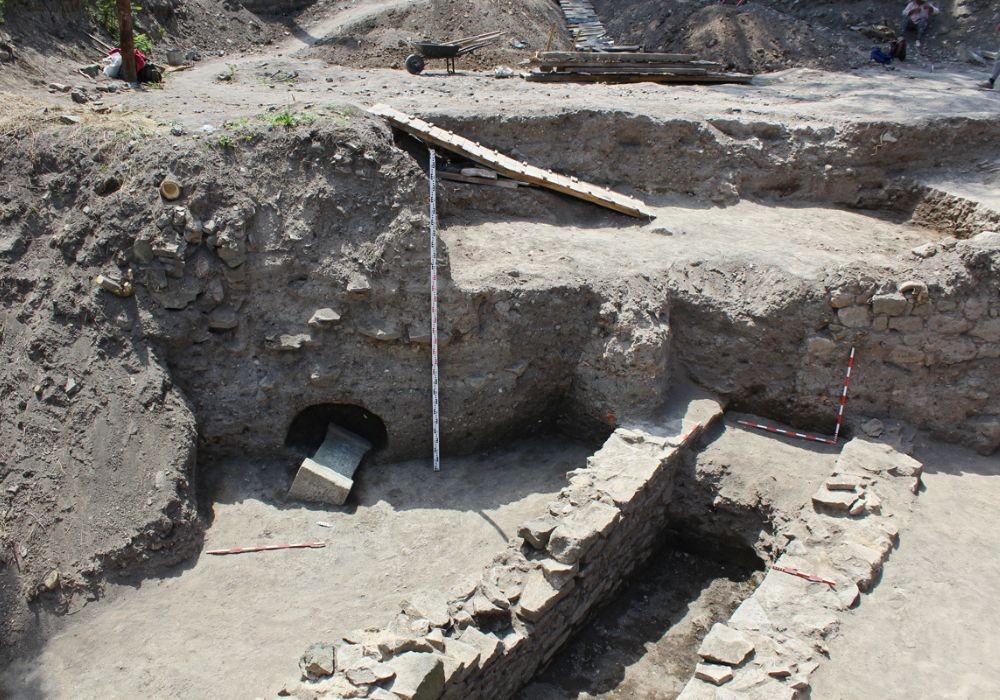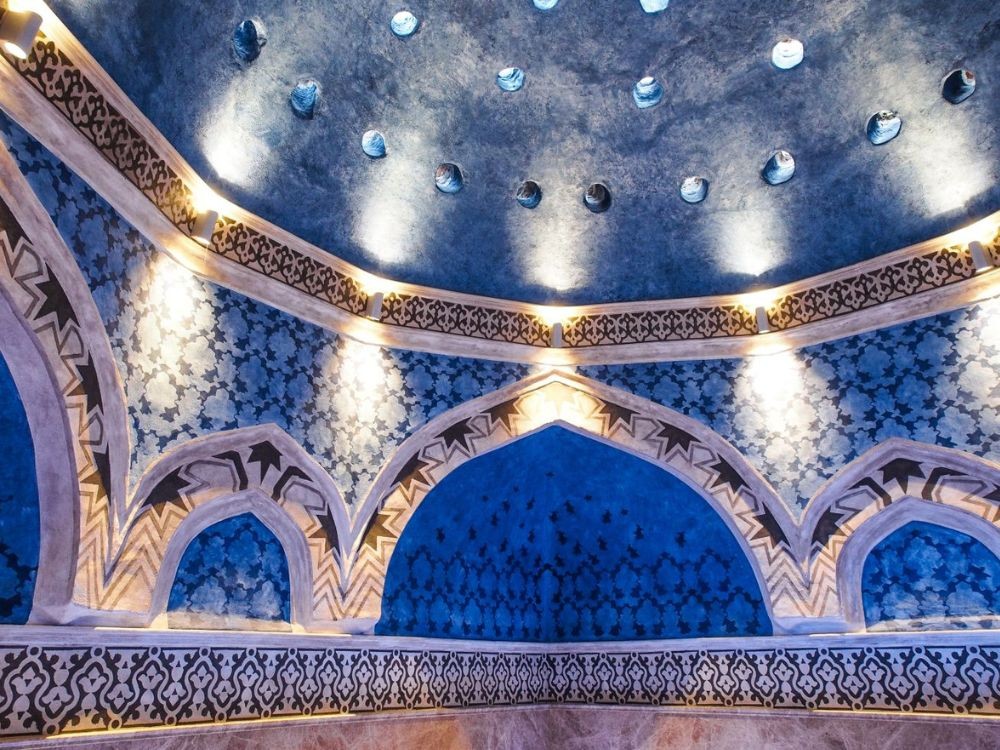Part of an ancient 1st century Roman canal was unearthed during excavations of a Roman bath on the territory of an ancient settlement called Aquae Calidae this archaeological season. Structures from medieval rooms, built using mortar and mud as binding material were also unearthed, as well as part of a Medieval wall, the Regional Museum of History in Burgas has announced.

The digs near Burgas also unearthed old coins, mostly from the 4th century, 11th century Medieval seals, as well as large amounts of 12th – 13th century earthenware. A few days ago archaeologists made a unique find – an altar, found intact, with an intriguing inscription in Latin dating to the 2nd century AD. This inscription tells us that it was made as a token of gratitude to the nymphs (protectresses of the springs and givers of health), with a dedication by a Roman officer from Parma in Italy sent to serve in the Balkans.

The warm spring at what are now the Burgas mineral baths has been known for centuries. People from near and far would flock here to pray for health and to seek a cure for their ailments. According to historical records, Aquae Calidae came into being, as far back as the first millennium BC, around the mineral springs near what is today the city of Burgas. That was when the Thracians built a beautiful sanctuary – the sanctuary of the three nymphs – close to the hot spring. The thermae complex covered an area of over half a hectare. And because there was a constant stream of people coming here for the medicinal waters, a whole town sprang up around the baths. The Romans called it Aquae Calidae – hot waters - and in 61 AD Emperor Nero built magnificent baths, later fortress walls were erected. During the Middle Ages Aquae Calidae came to be known as Therma or Thermopolis (from Greek – warm city). In the 14th century, Sultan Suleiman the Magnificent also appreciated the curative properties of the water and built a modern, for its time, Turkish bath.
In our day tourists can see the fully restored marble-clad bath belonging to Suleiman the Magnificent, with its ceramics, typical of the Orient.

Compiled by Veneta Nikolova
Photos: aquae-calidae.com, burgas.bgTruly venerated as the spiritual father and shepherd of the nation, Patriarch Neophyte has passed away. Clerics from the eparchy of Ruse, headed by Neophyte for 19 years, expressed great sorrow with the news of his demise. His Holiness the..
Having to flee one’s home and country and take the long road to an uncertain future – that is what refugees have invariably faced through the years, and for the same reasons. People have to flee because of war or their religious beliefs, their..
A display case with small mirrors is part of an exhibition dedicated to the theme of female beauty in antiquity, presented in the Archaeological Museum in the city of Burgas. The exhibition is entitled "Whims through Antiquity. Look in..
After the Liberation in 1878, Bulgaria began to develop at a pace that would make up for the centuries-long absence from the world history map. Young..

+359 2 9336 661
